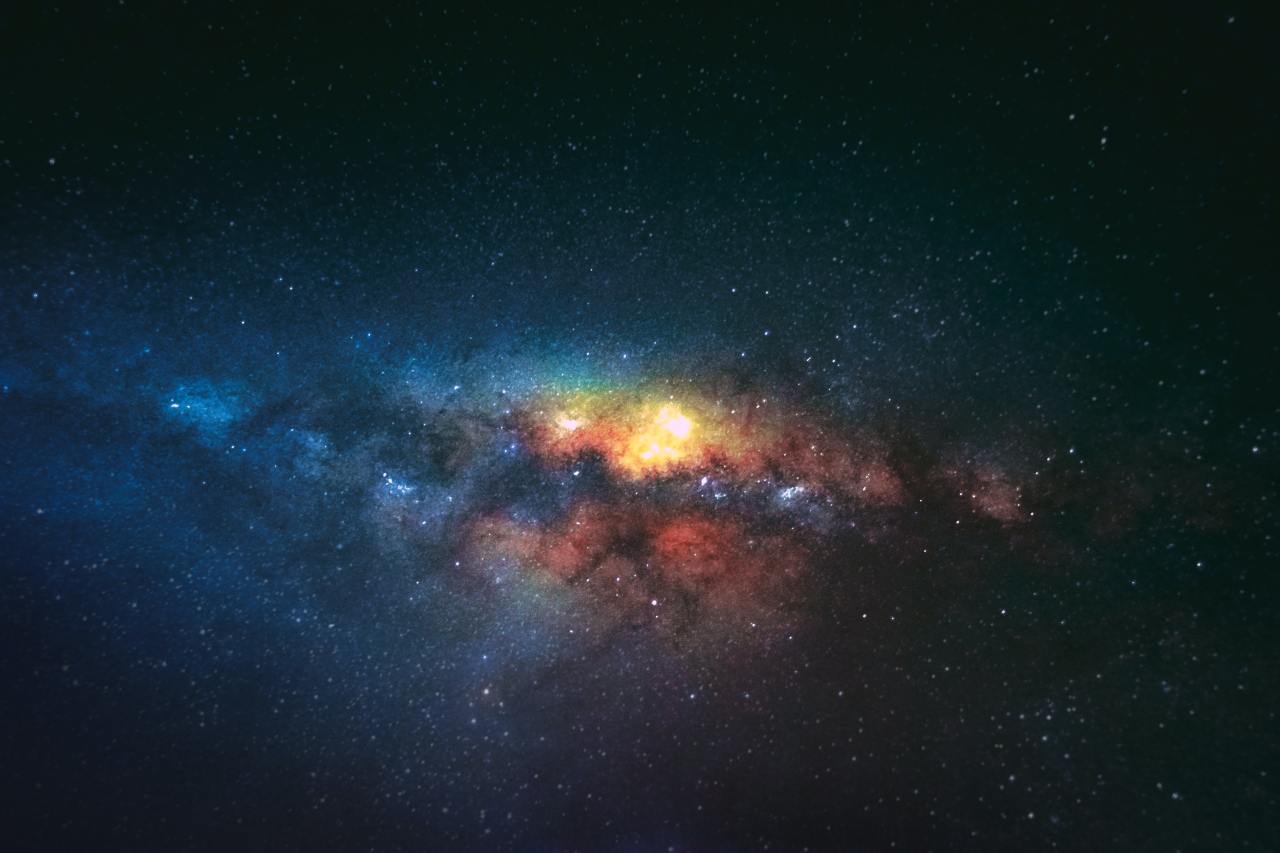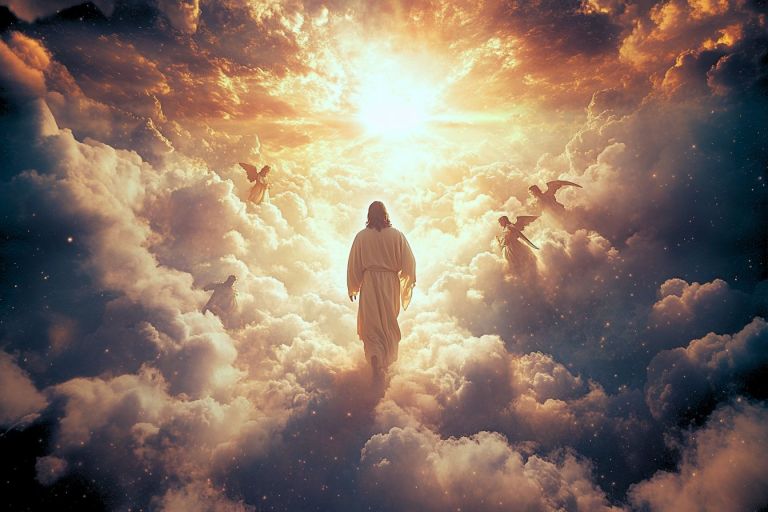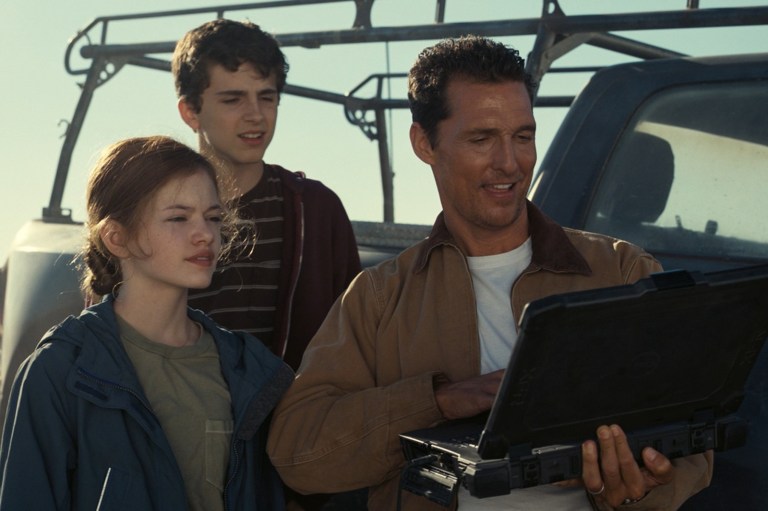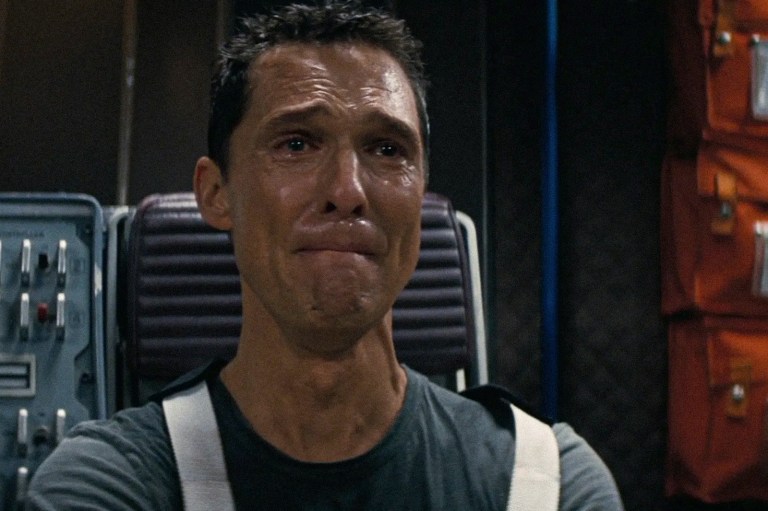
30 Surprisingly Fascinating Space Facts To Impress Your Friends And First Dates
Even though there is no air, space "stinks." Various astronauts have described it as metallic, sweet welding fumes, burnt brake pads, walnuts, and gunpowder.
These space facts from Ask Reddit are out of this world.
1. You could survive 90 seconds unprotected in space. But a chimpanzee can last up to 3 minutes.
2. Neutron stars are so dense that a teaspoon of material from one would weigh around 10 million tons.
3. Most of the visible stars in the night sky are binary stars, two stars orbiting each other.
4. Neptune was discovered using math. A man named Alexis Bouvard made some predictions on Uranus’s future position using Newton’s laws of gravity, but when it was later observed it was found to be slightly off. Urbain Le Verrier found that if he assumed there was another planet further out, the discrepancy would be explained and used math to predict where it could be found. Finally, a man named Johann Galle looked in the spot Le Verrier specified, and lo and behold, there was Neptune.
5. After traveling since 1977, Voyager 1 has now reached about 20 Light-HOURS distance from the Sun. Vast does not begin to describe the Universe.
6. There are two confirmed oceans in the solar system. One on Earth, and one on Saturn’s moon Titan. The biggest difference is Titan is about -180 C. The ocean is liquid methane. It even has waves that get as high as (wait for it) a couple of centimeters!
7. Jupiter has over 70 moons (and well on the way to 80 as of today!)
8. Venus spins backward. Whatever the direction of the other planets is when they are rotating, Venus rotates the exact opposite way.
9. If there was air in space that sound was able to travel through, at the sun’s surface it would emit a deafening 290 db (which is so ‘loud’ that it pretty much transcends sound and just turns into a pressure wave).
But at the earth’s surface, it would be about 120 db which is about as loud as standing a couple of meters away from an active jackhammer.
Where it gets spooky though, is that if the sun were to suddenly disappear, not only would it take a full 8 minutes for us to notice the lack of sunshine or gravity, but because the speed of sound is so comparatively slow, we would still hear the sun for another 13.8 years.
10. Being able to see a total solar eclipse is a sheer coincidence of timing. The moon is just large enough and just far enough away from Earth to appear to be the exact size of the sun during a total eclipse (when it covers the entire disc of the sun). Since the moon is slowly moving away from Earth, one day it will no longer appear large enough to fully cover the sun and there will be no more total eclipses. This won’t happen for 600 million years though, so don’t panic.
11. Space welding. In a vacuum, you don’t need welding materials to get two metals to fuse – they will do it on their own if you place them close enough.
12. Even though there is no air, space “stinks.” Various astronauts have described it as metallic, sweet welding fumes, burnt brake pads, walnuts, and gunpowder.
13. Objects in orbit are not in zero gravity, but in a controlled freefall.
14. Most elements were formed inside the burning furnace of stars, everything that exists, you, me, ants, bananas, rocket ships, are literally made of remnants of exploding stars.
15. Pluto didn’t make a full revolution around the sun (which takes ~248 years) between being discovered (1930) and questioning of its planetary status (~25% – 1992) or official de-listing (~30% – 2006).
16. If the sun dies, it’ll take 8 minutes for us to realize.
17. The age of the universe is not a single number. Since gravity affects the flow of time, in parts of the universe with more mass than average, the universe is younger than in areas with less mass than average.
18. Saturn’s tiny moon Enceladus has volcanoes that spew ice particles at speeds faster than the escape velocity. The particles leave Enceladus’ atmosphere and get pulled into Saturn’s ring system forming the E ring!
19. You could fit all the planets in the solar system in the space between Earth and the Moon.
20. The Sun loses about 5.5 million tonnes of mass every second, or about 174 trillion tonnes of mass every year.
21. Saturn’s density allows for it to float on water, if you happened to have a not so small bathtub.
22. There are clouds of alcohol floating in space.
23. If you were to scale the universe down so that the sun was the size of the period at the end of this sentence, the nearest star would be 4 miles away.
24. So far, only 3 people have actually died in space. Russian cosmonauts who had technical difficulties disconnecting from the space station Salyut 1, opening the airlock of their shuttle (Soyuz 11), exposing them all to the vacuum of space.
25. Due to gravitational time dilation, from the perspective of a black hole’s event horizon, the event that created it only happened moments prior.
But from our perspective, black holes are some of the oldest, and longest-living objects in the universe.
And because a singularity is believed to be a point of infinite density, time is infinitely dilated at that point. So from the perspective of the singularity, it exists at only one, infinitely small amount of time.
With this in mind, a black hole would not be an object, it would be an event. More specifically, it’d be an explosion with such a high energy density that it warped the space and time around it, and slowed it down from our perspective.
26. There is verifiable evidence that at least three astronauts survived the initial explosion of the Challenger in 1986. Each astronaut was equipped with a personal emergency air pack, and when the shuttle cabin was recovered from the Atlantic Ocean, at least three of these air packs were manually activated.
27. About 6.63 quadrillion Earths can fit in the largest (discovered) star.
28. There’s an anomaly called the Boötes Void. It’s a gargantuan region of space with not a whole lot of stuff inside of it, right in the middle of an ocean of galaxies. It’s kind of scary, in an existential way.
29. The universe is still in its very infancy. In fact, according to some studies, despite an almost infinite number of planets, 92% of all planets there will ever be have not even been formed yet. The universe is in fact so young, relatively speaking, that several types of stars have not even had enough time to exist yet.
Blue Dwarfs: Red dwarfs that have started spending the last of its hydrogen. The first of this kind of star is not expected to exist until a trillion years in the future. Considering our universe is only around 13 billion years, It is going to take some time until we spot the first blue Dwarf, The blue dwarf will eventually turn into a white dwarf.
Black Dwarfs: A white dwarf can be formed any number of ways, and we have observed a lot of them. But, when a white dwarf star cools down, it starts the process of becoming a black dwarf. This process can theoretically take “as little” as a quadrillion years, or as much as 37 quadrillion years. This is the ultimate fate of our sun, and the process is going to take thousands of times longer than the universe has even existed so far.
30. That there are 100 billion galaxies in the observable universe, and that number is likely to at least double as Hubble goes further and observes more of the universe.
It’s insane to think that we live on a mere speck within the Milky Way galaxy, and that there are possibly 199,999,999,999 other galaxies out there, each separated by millions of light years. The enormity of the universe is mind-boggling. ![]()










